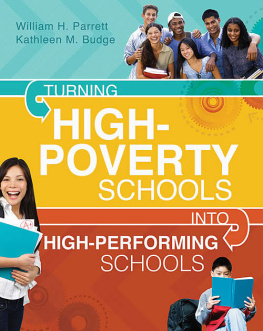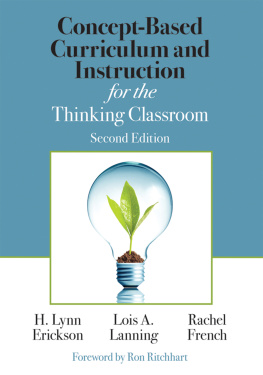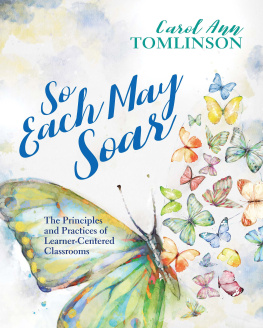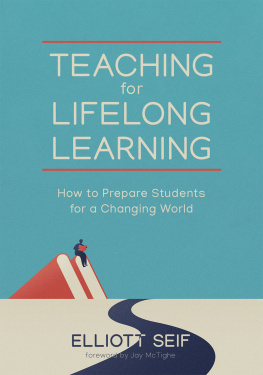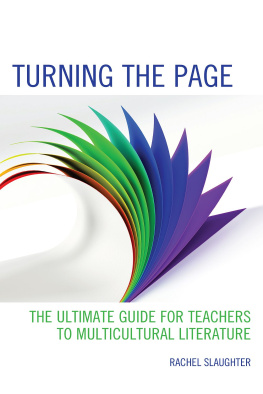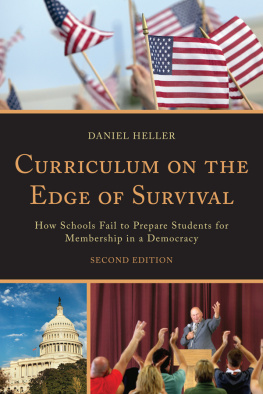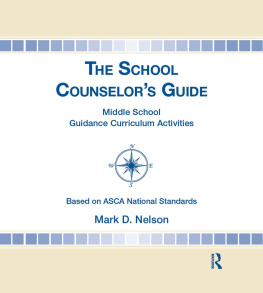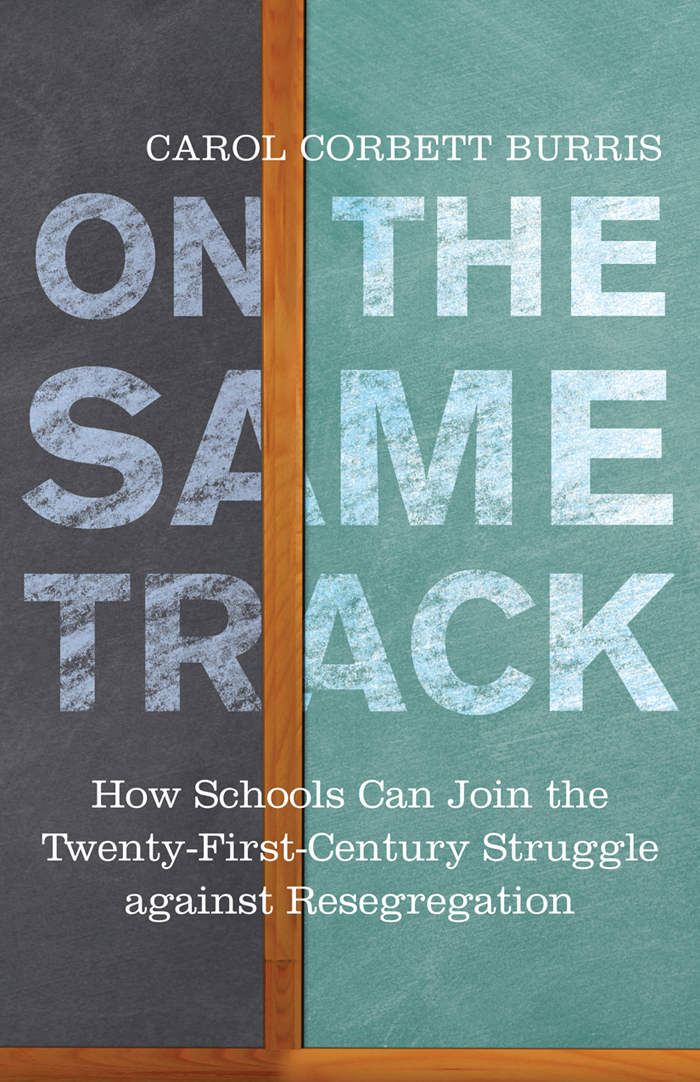Carol Corbett Burris - On the Same Track: How Schools Can Join the Twenty-First-Century Struggle against Resegregation
Here you can read online Carol Corbett Burris - On the Same Track: How Schools Can Join the Twenty-First-Century Struggle against Resegregation full text of the book (entire story) in english for free. Download pdf and epub, get meaning, cover and reviews about this ebook. year: 2014, publisher: Beacon Press, genre: Politics. Description of the work, (preface) as well as reviews are available. Best literature library LitArk.com created for fans of good reading and offers a wide selection of genres:
Romance novel
Science fiction
Adventure
Detective
Science
History
Home and family
Prose
Art
Politics
Computer
Non-fiction
Religion
Business
Children
Humor
Choose a favorite category and find really read worthwhile books. Enjoy immersion in the world of imagination, feel the emotions of the characters or learn something new for yourself, make an fascinating discovery.

- Book:On the Same Track: How Schools Can Join the Twenty-First-Century Struggle against Resegregation
- Author:
- Publisher:Beacon Press
- Genre:
- Year:2014
- Rating:5 / 5
- Favourites:Add to favourites
- Your mark:
On the Same Track: How Schools Can Join the Twenty-First-Century Struggle against Resegregation: summary, description and annotation
We offer to read an annotation, description, summary or preface (depends on what the author of the book "On the Same Track: How Schools Can Join the Twenty-First-Century Struggle against Resegregation" wrote himself). If you haven't found the necessary information about the book — write in the comments, we will try to find it.
What would happen if a school eliminated the tracks that rank students based on their perceived intellectual abilities? Would low-achieving students fall behind and become frustrated? Would their higher-achieving peers suffer from a watered-down curriculum? Or is tracking itself the problem? A growing body of research shows that tracking doesnt increase learning for the minority and low-income students who are overrepresented in low-track classrooms. This de facto segregation has led many civil rights advocates to argue that tracking is turning back the clock on equal education.
As a principal at a New York high school, Carol Corbett Burris believed that the curriculum for the best students was the best curriculum for all. She helped lead a bold plan to eliminate tracking from her school, and the results couldnt have been further from the doom-and-gloom scenarios of tracking proponents. Instead, there was a dramatic improvement in the achievement of all students, across racial and socioeconomic divisions, and a near elimination of the achievement gap. Today, due to those efforts, International Baccalaureate English is the twelfth-grade curriculum for South Side students, and all students take the same challenging courses, together, to prepare them for college.
In On the Same Track, Burris draws on her own experience, on the experiences of other schools, and on the latest research to make an impassioned case for detracking. Not only does the practice of tracking fail to benefit lower-tracked students, as Burris shows, but it also results in the resegregation of classrooms. Furthermore, she argues that many of todays popular reforms emanate from the same sort and select mentality that reinforces social stratification based on race and class.
On the Same Track is a rousing, controversial, and yet optimistic account of how we need to change our assumptions and policies if we are to live up to the promise of democratic public education. Only by holding all students to the same high standards can we ensure that all have the same opportunity to live up to their full potential.
Carol Corbett Burris: author's other books
Who wrote On the Same Track: How Schools Can Join the Twenty-First-Century Struggle against Resegregation? Find out the surname, the name of the author of the book and a list of all author's works by series.

